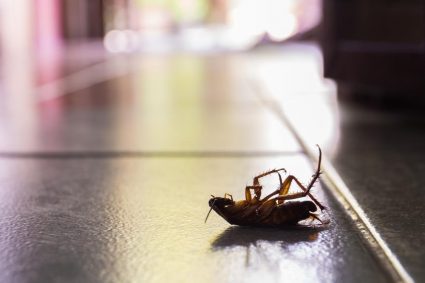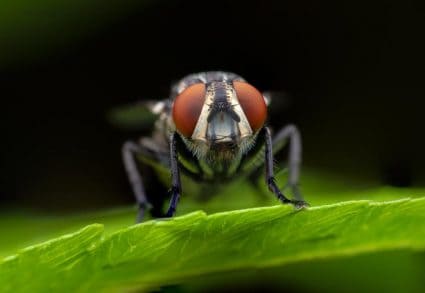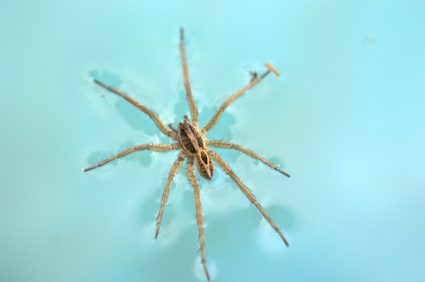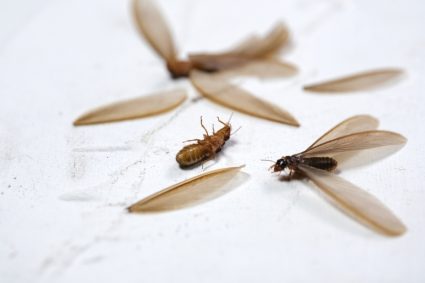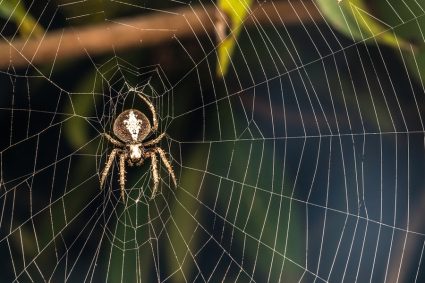
Moths, while seemingly harmless, can cause significant damage to your home and belongings. Whether they’re munching on your favorite wool sweater or infesting your pantry, these pests can be a nuisance. In this comprehensive guide, we will discuss in detail how to get a moth out of your house safely and effectively, preventative measures to avoid future infestations, and potential risks caused by moths.
To get a moth out of your house, first identify the infestation signs – adult moths, holes in clothes, larvae, eggs, and moth webbing. Use methods like regular vacuuming, moth traps, natural repellents (like herbs), diatomaceous earth, and cleaning with white vinegar to remove them. Prevent future infestations by cleaning regularly, using natural repellents, storing food and clothes in airtight containers, and reducing light and heat. For large infestations, consider seeking professional help.
Identifying Moth Infestation in Your Home
Before you can tackle the moth problem, you first need to identify if you have an infestation. Moths leave several signs, including:
- Adult moths: Often found in dark, undisturbed areas like closets and pantries.
- Holes in clothing or fabrics: Clothes moths can cause irregular holes in garments, particularly those made of natural fibers.
- Larvae and eggs: These can be found in your pantry or near stored food items, or on garments and furniture, depending on the moth species.
- Webbing and cocoons: Moths leave behind webbing, excrement, and cocoon casings in infested areas.
Effective Moth Removal Methods
Once you’ve confirmed a moth infestation, it’s time to get to work. Here are some DIY methods that you can use:
- Regular vacuuming: This can remove moth eggs, larvae, and adult moths from carpets, upholstery, and other surfaces.
- Moth traps: These use pheromones to attract and capture adult moths, helping to reduce their population.
- Natural repellents: Herbs like lavender, rosemary, and mint can be used as natural moth repellents.
- Diatomaceous earth: Apply this natural powder to areas where moths are present to kill larvae.
- White vinegar: Clean surfaces with a mixture of white vinegar and water to remove moth eggs and larvae.
Preventing Future Infestations
Preventing moths from entering your home is easier than dealing with an infestation. Here are some preventative measures:
- Regular cleaning: Vacuum and dust your home regularly to keep it free of moth attractants.
- Use natural repellents: Place sachets of aromatic herbs around your home.
- Seal food and clothes: Store pantry goods and clothes in airtight containers to prevent moths from accessing them.
- Reduce light and heat: Moths are attracted to light and heat, so minimize the use of outdoor lighting at night and ensure that windows and doors are properly sealed.
Potential Risks and Damages Caused by Moths
Moths can cause various damages, from eating holes in your clothes and carpets to contaminating your food. Some species can also cause skin irritation in humans and pets.
Professional Help vs. DIY
While moth removal can be a DIY task, professional help may be required for large or persistent infestations. Professionals can provide a thorough inspection, accurately identify the moth species, and develop an effective treatment plan tailored to your specific situation.
Conclusion
Moth infestations can be a nuisance but are manageable with the right knowledge and tools. By regularly cleaning your home, using moth repellents, and properly storing food and clothes, you can keep these pests at bay. If you are dealing with a large infestation, don’t hesitate to seek professional help to ensure complete removal. Remember, prevention is always better than cure.
Frequently Asked Questions
What are some common types of moths that infest homes?
Two common types of moths that infest homes are the clothes moth and the pantry moth. Clothes moths are typically beige or golden in color and are known for their appetite for wool, fur, silk, and other natural fibers. Pantry moths, also known as Indian meal moths, are usually gray or brown and are notorious for infesting stored food items.
How long does it take for moth eggs to hatch?
The hatching time for moth eggs can vary depending on the species and environmental conditions. However, most moth eggs typically hatch within 4-10 days of being laid.
Are moths harmful to humans?
Generally, moths are not harmful to humans. They do not bite or sting. However, some people may experience allergic reactions or skin irritation from contact with moth larvae or the fibrous dust they leave behind.
Can moths infest any type of food?
Moths, especially pantry moths, are attracted to a variety of stored food items. They typically infest grains, cereals, flour, dried fruits, and nuts. However, they can also infest other food items if conditions are favorable.
Do moth balls work to prevent moth infestations?
Yes, mothballs can work to prevent moth infestations as they contain chemicals that are toxic to moths. However, they should be used with caution as they can be harmful to humans and pets if ingested or inhaled. It’s also worth noting that they are only effective in enclosed, airtight spaces.


